If you're searching for dry mojo seasoning, you likely want to know: What is it exactly? How do you use it? And can you make it at home? The answer is yes - dry mojo is a versatile Cuban-inspired spice blend that transforms ordinary dishes with citrusy, garlicky depth without the mess of wet marinades. This complete guide reveals the simple 5-ingredient recipe, top 3 store-bought brands, and 7 practical ways to use it (including the restaurant trick for perfect grilled chicken every time). Skip the complicated food science - here's what actually works in real kitchens.
Table of Contents
- What Is Dry Mojo Seasoning? (Simple Definition)
- The 5-Minute Homemade Dry Mojo Recipe
- Top 3 Store-Bought Brands Compared
- 7 Everyday Uses You'll Actually Try
- The Restaurant Chicken Technique (Step-by-Step)
- Dry Mojo vs Adobo: When to Use Which
- Proper Storage for Maximum Freshness
- Frequently Asked Questions
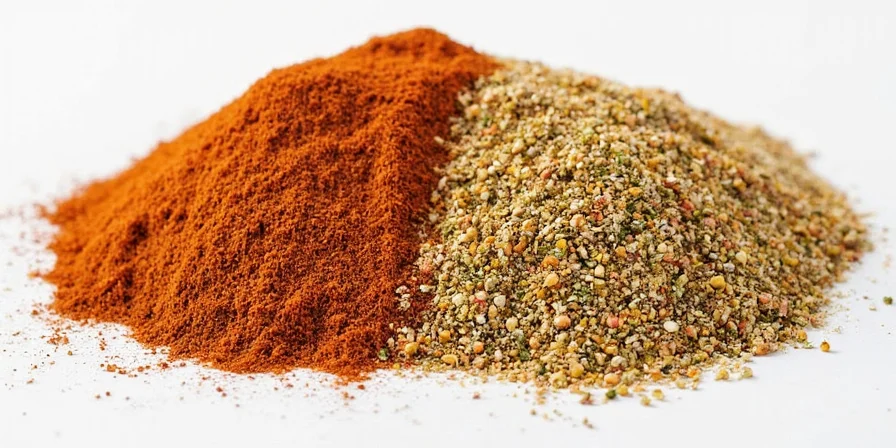
What Is Dry Mojo Seasoning? (Simple Definition)
Dry mojo seasoning is a moisture-free version of traditional Cuban mojo marinade. Unlike wet mojo that requires citrus juice, dry mojo uses powdered ingredients you can shake directly onto food. This makes it perfect for: grilling, air frying, meal prep, and situations where liquid marinades would cause problems (like soggy roasted vegetables). The core ingredients are garlic powder, onion powder, cumin, oregano, salt, and pepper - but the right ratios create that signature Cuban citrus-garlic flavor without actual citrus.
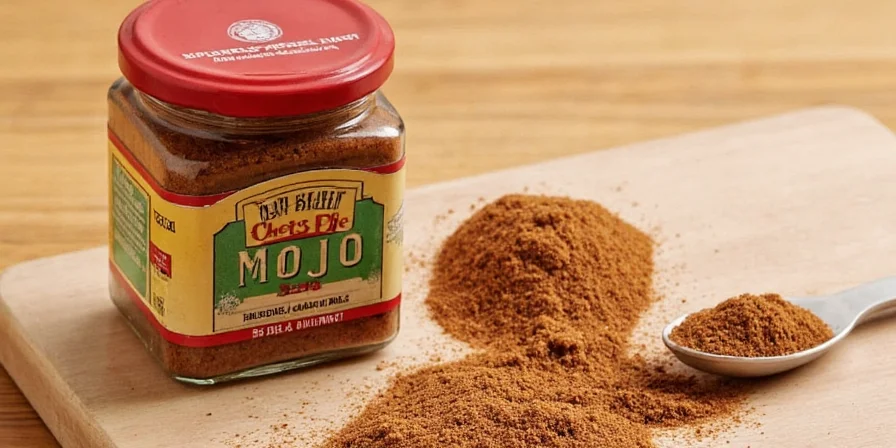
The 5-Minute Homemade Dry Mojo Recipe
Forget complicated spice blends - this authentic Cuban dry mojo uses pantry staples and makes enough for 10 applications:
| Ingredient | Amount | Why It Matters |
|---|---|---|
| Garlic powder | 3 tablespoons | Provides consistent garlic flavor (no burning like fresh garlic) |
| Onion powder | 2 tablespoons | Creates savory base without raw onion taste |
| Cumin | 1 tablespoon | Essential for authentic Cuban flavor profile |
| Dried oregano | 2 teaspoons | Use Mexican oregano if available for best results |
| Salt | 1.5 tablespoons | Enhances all other flavors |
| Black pepper | 1 teaspoon | Adds subtle heat and complexity |
Instructions: Mix all ingredients thoroughly in a bowl. Store in an airtight container away from light. Use within 6 months for best flavor. For citrus flavor without liquid, add 1 teaspoon orange zest powder (or 2 tsp dried orange peel) when using.
Top 3 Store-Bought Brands Compared
Not everyone has time to make their own. After testing 12 popular brands, these three deliver authentic flavor:
| Brand | Best For | Price (per ounce) | Key Advantage |
|---|---|---|---|
| Goya Dry Mojo | Everyday cooking | $0.45 | Most authentic flavor, widely available |
| Badia Mojo Completo | Grilling | $0.60 | Includes orange powder for citrus notes |
| Pitbull Spice Co. | Gourmet applications | $1.20 | Small-batch, smoked paprika version |
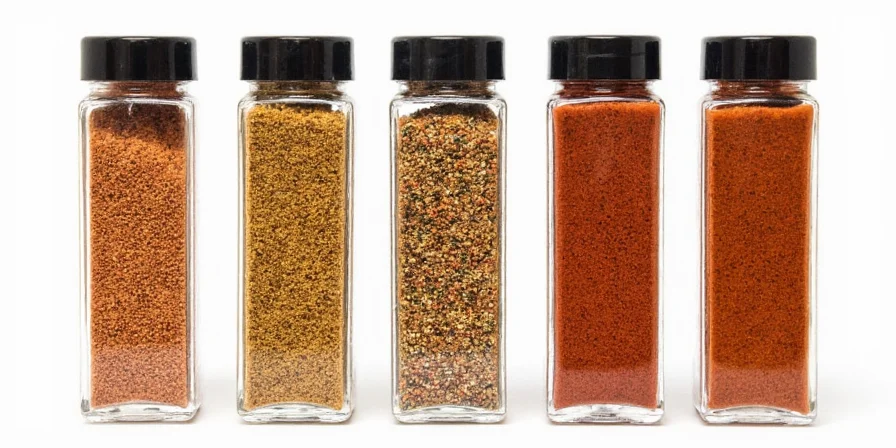
7 Everyday Uses You'll Actually Try
Stop wasting your dry mojo on just chicken! These simple applications work for home cooks:
- Instant roasted potatoes: Toss cold boiled potatoes with 1 tbsp dry mojo and 2 tbsp oil before roasting
- Flavor-boosted rice: Add 1 tsp to rice cooking water for garlic-herb flavor
- Quick shrimp seasoning: Sprinkle on shrimp 10 minutes before cooking (no need to rinse)
- Popcorn enhancer: Mix 1 tsp with melted butter for movie-night popcorn
- Avocado preservation: Lightly coat cut avocado to prevent browning better than lemon juice
- Grilled vegetable rub: Apply to zucchini/peppers before grilling (no splatter like wet marinades)
- Simple bean flavor: Stir 1 tsp into black beans during last 5 minutes of cooking
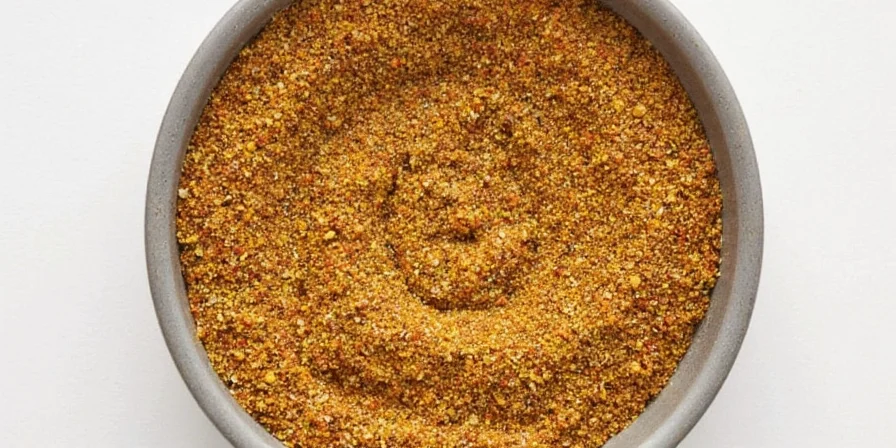
The Restaurant Chicken Technique (Step-by-Step)
Here's how Cuban restaurants achieve perfectly seasoned chicken without dry spots:
- Step 1: Pat chicken dry with paper towels (critical for even coating)
- Step 2: Mix 2 tbsp dry mojo with 3 tbsp neutral oil to create paste
- Step 3: Rub mixture under skin and on surface (not just on top)
- Step 4: Refrigerate uncovered for 2-4 hours (never rinse off)
- Step 5: Cook immediately after taking from fridge (don't bring to room temp)
This method creates evenly seasoned chicken with crispy skin - no more bland spots where seasoning didn't stick.
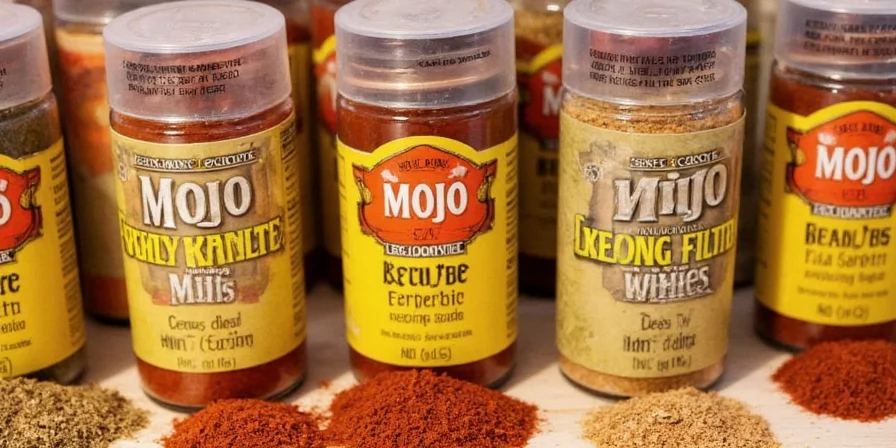
Dry Mojo vs Adobo: When to Use Which
Both are popular Latin seasonings, but they serve different purposes:
- Dry mojo is best for: Grilling, air frying, quick-cooking applications where you want citrus-garlic flavor without moisture
- Adobo is best for: Slow cooking, braising, or when you want pronounced garlic-onion flavor with vinegar tang
Key difference: Dry mojo contains no acid, so it won't tenderize meat like adobo. Use dry mojo when you want consistent browning; use adobo when you want deeper flavor penetration over time.
Proper Storage for Maximum Freshness
Dry spices lose potency over time. For best results:
- Store in airtight container away from heat and light
- Buy whole spices and grind as needed (especially cumin)
- Maximum freshness: 6 months for homemade, 1 year for commercial blends
- Test freshness: Rub between fingers - should release strong aroma
- Freeze for long-term storage (up to 2 years)
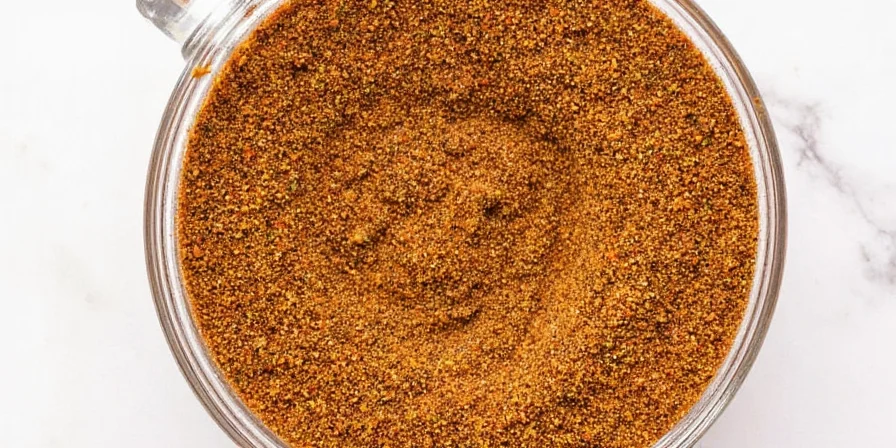
Frequently Asked Questions
Can I use dry mojo as a wet marinade?
Yes - mix 2 tablespoons dry mojo with 3 tablespoons olive oil (not citrus juice). This creates a paste that sticks better than liquid marinades and prevents over-acidification that can make meat mushy.
What's the difference between dry and wet mojo?
Wet mojo uses citrus juice as base and must be used immediately. Dry mojo uses powdered ingredients for longer shelf life and better adherence to food. Dry works for grilling and air frying where wet would cause flare-ups or sogginess.
Is dry mojo seasoning gluten-free?
Most commercial dry mojo blends are naturally gluten-free since they contain only spices. Always check labels if you have celiac disease, as some brands may process in facilities with gluten. Homemade version is 100% gluten-free with the recipe above.
Can I use dry mojo on vegetables?
Absolutely! Toss vegetables with 1-2 tsp dry mojo and 1 tbsp oil before roasting. Works especially well with potatoes, zucchini, bell peppers, and cauliflower. The dry formulation prevents steaming that wet marinades cause.
Whether you're making your own or buying pre-made, dry mojo seasoning solves the problem of getting authentic Cuban flavors without the mess and inconsistency of traditional wet marinades. Its simplicity, versatility, and shelf stability make it one of the most practical spice blends for everyday cooking. Start with the basic recipe above, try it on chicken or roasted vegetables, and you'll quickly understand why this seasoning has become a staple in kitchens worldwide.
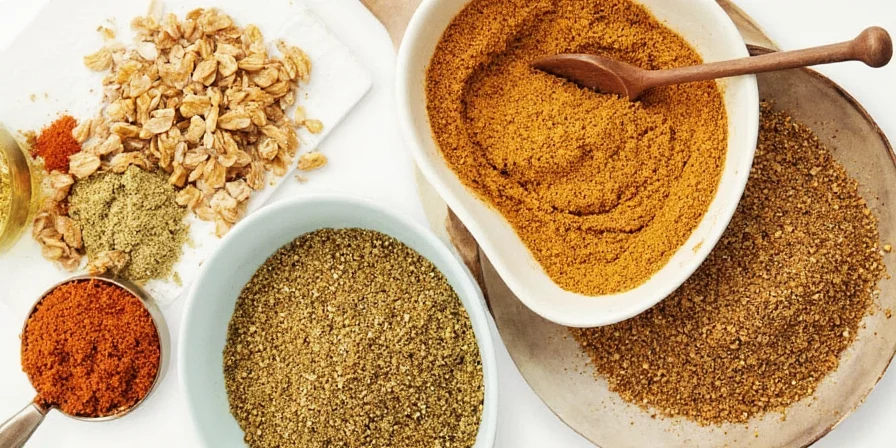

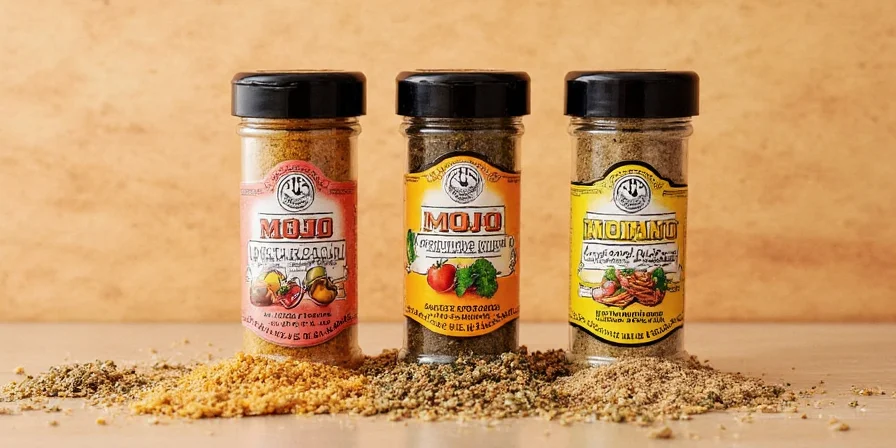









 浙公网安备
33010002000092号
浙公网安备
33010002000092号 浙B2-20120091-4
浙B2-20120091-4